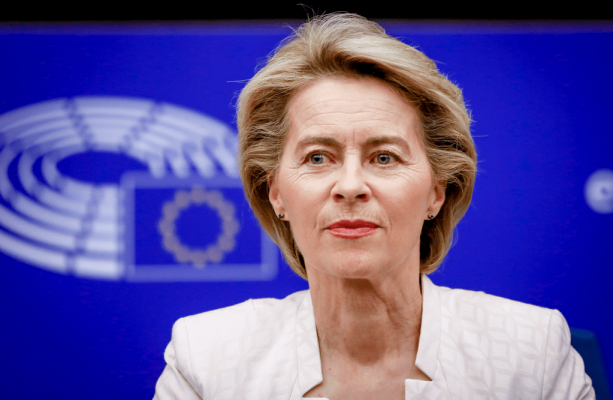The European Commission has tabled its proposal for the EU’s next seven-year budget (2028–2034), reopening a long-running dispute over whether Brussels should continue issuing common debt.
Presented on 16 July, the draft Multiannual Financial Framework (MFF) totals almost €2 trillion, or 1.26% of EU gross national income on average, and is billed as a “fundamental redesign” to make the budget more flexible, simpler to use and better aligned with strategic priorities.
Structurally, the plan is organised into four headings—covering cohesion and agriculture; competitiveness and research; external action; and administration—supplemented by a flexibility instrument to address unforeseen needs. In addition, the Commission proposes a dedicated Ukraine reserve and a package of new “own resources” to diversify revenues and limit pressure on national contributions. The Q&A accompanying the proposal also fixes an annual €24 billion envelope during 2028–2034 for repaying the pandemic-era NextGenerationEU (NGEU) borrowing, insulating repayments from market swings.
A central feature is an “extraordinary Crisis Mechanism” that would allow the EU to offer loans to member states in severe shocks. Activation would rest with the Council, with the European Parliament involved in implementation, preserving institutional balance. While the legal text does not specify a ceiling, independent analysis has described the concept as a joint-borrowing backstop of roughly €395 billion—effectively a loans-only counterpart to NGEU. Reporting has also referenced a Commission idea for a ~€400 billion facility financed with common debt.
Alongside crisis lending, the Commission sketches a new EU-backed loan offer—labelled in guidance as “Catalyst Europe”—to support strategic investment via the EU budget. This would be the first systematic use of EU-guaranteed loans in a long-term budget, complementing nationally implemented funds and giving Brussels another instrument to steer investments toward Union-wide objectives such as key technologies, energy infrastructure and defence-industrial capacity.
The reaction across capitals was immediate and divided. Germany signalled it could not accept the package as drafted, citing limited fiscal room and a preference for tighter spending discipline. The Netherlands and Sweden also pushed back against larger envelopes and against establishing common borrowing as a standing tool, arguing the pandemic response was a one-off. France expressed broad support for the priorities but debate continues over scale and financing.
For markets, the question is whether EU issuance will remain occasional and programme-specific or become regular enough to look and trade like sovereign benchmarks. EU debt carries top ratings from agencies such as DBRS Morningstar and Scope, reflecting strong member-state backing and a robust issuance set-up. Yet EU bonds are still treated as supranational paper rather than central-government debt by major index providers, which curbs passive demand. Analysts and officials note that eventual inclusion in government-bond indices would deepen liquidity and lower funding costs.
The Commission’s draft also earmarks up to €100 billion for Ukraine over 2028–2034 via the new Ukraine reserve, separate from the existing €50 billion Ukraine Facility running through 2027. The intent is to preserve flexibility in the mix of support as needs evolve, while keeping military-related assistance outside the budget under the European Peace Facility.
How to pay for the package is a parallel argument. Brussels proposes five additional own resources from 2028—linked to ETS revenues, the carbon border levy (CBAM), electrical and electronic equipment waste, a tobacco excise (TEDOR) and a corporate contribution dubbed CORE. The Commission estimates these, together with adjustments to existing resources, could raise about €58.5 billion per year, helping fund priorities and service NGEU debt without proportionally larger national transfers. Member states will scrutinise the incidence of each levy and their legal bases.
Politically, the path is narrow. The MFF requires unanimity in the Council and consent of the European Parliament, and the Commission itself expects negotiations to run into 2027. Early signalling from “frugal” governments suggests resistance to entrenching joint borrowing instruments, especially where grants are involved; loans face somewhat less opposition but still imply shared balance-sheet exposure. With defence, competitiveness and migration lines all rising, the discussion will hinge on how far the EU can shift from national contributions toward EU-level revenues and borrowing—without overstepping the red lines of net contributors.
Ursula von der Leyen’s Budget Is a Symptom of a Deeper Democratic Malaise


